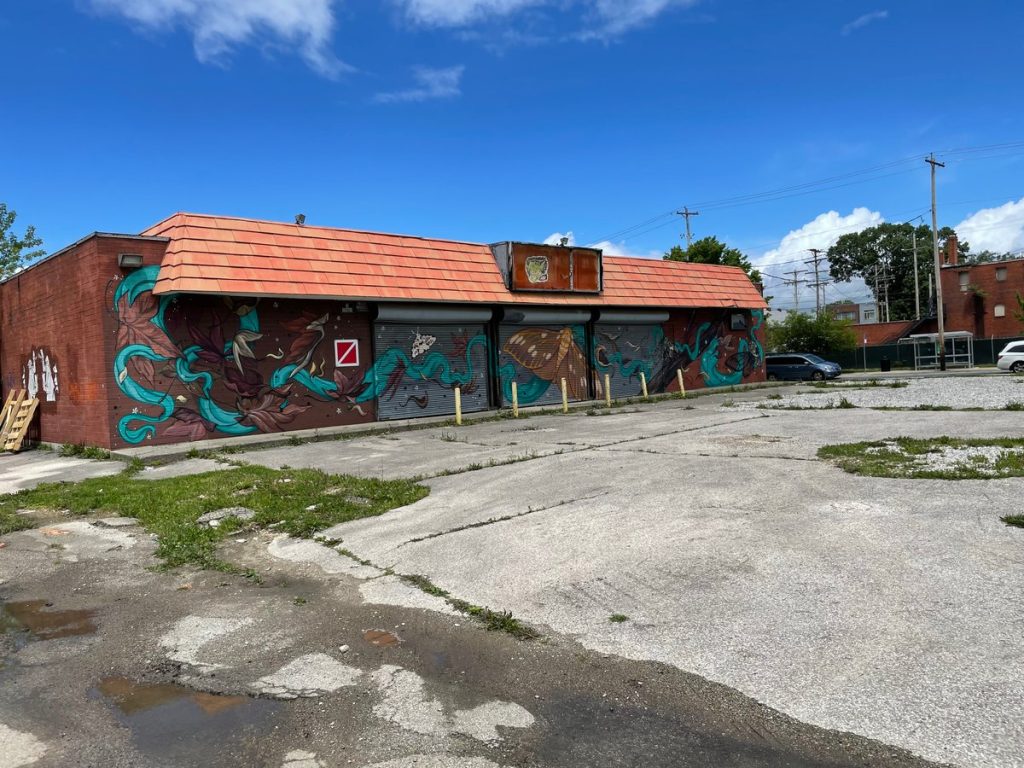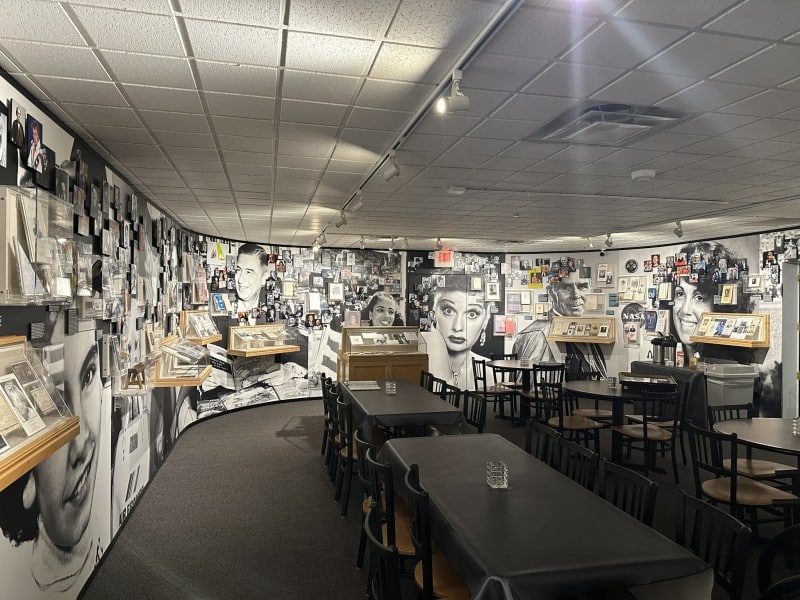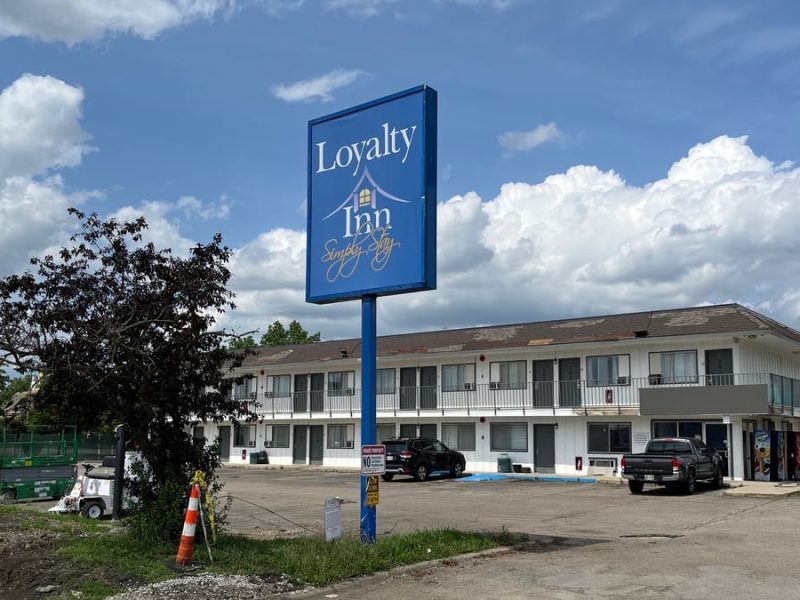
Pop the champagne corks! Get the confetti cannon ready! It’s the 10th anniversary of Kelly’s Market being an empty hulk surrounded by cracked asphalt!
Kelly’s, once known more for drug deals and shootings than as a source of food in long-troubled Weinland Park, was bought and shut down in June 2014 by Campus Partners. The closing of Kelly’s, at Fourth Street and 11th Avenue, and D&J market three blocks south, were key steps in the neighborhood’s transition to stability, which curtailed much of the area’s violence and crime but also priced many long-time residents out of their community.
Campus Partners bought D&J, located at Eighth Avenue and Fourth Street, for $380,000 and sold it a year later to Community Properties of Ohio. The site was obtained in 2021 by Zora’s House, a coworking and community space for women of color. Now nearing completion, the three-story building will have offices, workspace, temporary living quarters and a community coffee shop.
As for Kelly’s, purchased by Campus Partners for $750,000, many people welcomed the closing and eagerly awaited whatever might replace the market.
It’s been a long wait.
Michael Stickney, CEO of North Steppe Realty, bought the property in 2019 for $500,000. After a few years, the often-breached chain-link fence that had surrounded the corner was removed – upgrading the site to a potholed asphalt shortcut across the southwest corner of N. Fourth Street and E. 11th Avenue.
Given the addition of thousands of new homes in Weinland Park over the past decade, the Kelly’s site – and other underused properties at that corner – would seem ideal for the kind of mixed-use apartment complexes popping up all over the University District. One building in particular – a long, long-vacant building at the northwest corner of 11th and Fourth – is ready for a new historical chapter.
Once known as the Chapman Building and built in the 1920s as the home of Chapman’s Grocery, 1541 N. Fourth St. was later known as the Sugar Shack – a legendary bar and music venue that in the 1960s and ’70s hosted national touring acts such as Bob Seger’s original band, Little Richard, Grand Funk Railroad, Badfinger, and the Ramones. Now it might as well be called the Raccoon Shack, owing to the masked, shadowy figures – dozens of them, some say – that infest the otherwise empty building, slinking out of a half-boarded-up basement window and into the alley, on a shopping spree for groceries in nearby dumpsters.
The Shack also just made the five-most-endangered list of historic Columbus buildings. Columbus Landmarks compiles an annual list of endangered sites to highlight the city’s heritage, preserve the buildings, and promote the concept of a modern city that respects its past. Columbus attorney Douglas Graff is incorporator of Shack Properties LLC, which has owned the building since 2017.
Kelly’s and the Shack are symbols of the confounding conundrum of Columbus development: prime real estate sitting unused during a housing boom.
Kelly’s is a single-story, single-use, nondescript, throwaway building on a site that’s perfect for a mid-rise apartment building with street-level shops – and maybe something basic like a laundromat. The Shack is a classic, old-school, two-story commercial building with apartments above (part of the building is three stories). The buildings take up a little more than half of the of the lot, leaving space for a new, taller addition or a separate building that could be incorporated in a way that both preserves the original’s heritage and meets economic and housing needs.
Dan Starek would like to see something like that. Starek, who owns nearby Oldfield’s bar, along with several rental buildings in the neighborhood, likes the historic character of the existing building but also would like to see additional housing and retail in a taller addition on the undeveloped part of the lot.
“That would be awesome,” he said. But, he added, “I want to see anything there – except raccoons.”
It’s all too common in Columbus (and many other cities) for an empty building or vacant lot to be a stain on the neighborhood while an owner waits for a better redevelopment deal. Individual homeowners, often elderly and on a tight budget, are often cited for code violations from deterioration. The city has a Critical Home Repair Program to assist them, but the program’s website warns of a waiting list and delays for funding.
But a long-vacant commercial eyesore such as Kelly’s and a raccoon-invested building like the Shack – both on 11th Avenue, the Gateway to OSU – seem to get a pass.
At a time when the city is so focused on population growth and zoning changes to meet the need for more housing, it should be more aggressive in ensuring that vacant lots and buildings become productive again.



